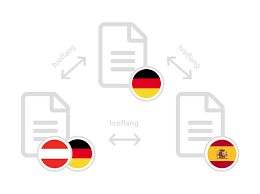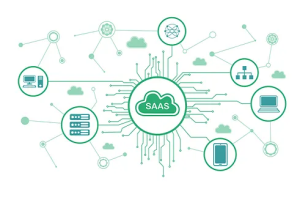Improving SEO keywrd ranking for an international website with multiple language versions requires careful planning and implementation to ensure that each language variant is optimized for search engines. Here are some of the best tips that help you to out perform in Local searches globally:

1. Use Hreflang Tags
- Implement hreflang tags to indicate the language and geographic targeting for each page. This helps search engines understand which language version to display to users in different regions.
- Example:
<link rel="alternate" href="URL" hreflang="en-us" />
2. Create Separate URLs for Each Language Version
- Use either subdomains (fr.example.com), subdirectories (example.com/fr/), or country-code top-level domains (example.fr) for each language. This avoids duplication and ensures the search engines know which version of the site is for which language and region.
- Separate URLs also allow for better user experience, as the language is automatically served based on location.
3. Localized Content
- Don’t just translate content—localize it. Content should be adapted to cultural nuances and local search terms. Research the most popular search queries in the specific language/region and integrate them into your SEO strategy.
- Keyword research should be done individually for each language to target local search behavior.
4. Optimize Meta Tags in Each Language
- Ensure that the meta titles, descriptions, and headings are translated and optimized for each language. Use the appropriate target keywords for each language to improve visibility.
- Ensure meta tags make sense in the local language context and aren’t just a direct translation from the original version.
5. Implement Schema Markup for Local SEO
- Use structured data markup to enhance search visibility, especially for local search results. Schema.org has language-based properties that can help display the correct information for each region and language.
6. Consider International Link Building
- Build backlinks from local and regional websites to the appropriate language version of your site. This can improve your domain authority in different regions and help boost your rankings internationally.
- Collaborate with local influencers, directories, and industry-specific publications to gain quality links.
7. Set the Correct Language in the HTML
- Always define the lang attribute in the HTML tag to specify the language of each page. This helps browsers and search engines serve the right content.
- Example:
<html lang="es">for Spanish-language content.
8. Avoid Duplicate Content Issues
- Use canonical tags to tell search engines which version of a page is the primary one if there is similar content in multiple languages.
- Ensure each language version is unique and well-optimized to avoid content duplication penalties.
9. Geotargeting with Google Search Console
- Use Google Search Console to set a geographic target for different language versions of your site. This can help focus your SEO efforts on specific regions.
10. Optimize for Mobile and Speed
- Make sure that all language versions of your website are mobile-friendly and fast-loading. This is essential for both user experience and SEO, especially as mobile usage continues to grow globally.
- Use tools like Google PageSpeed Insights to optimize load times for all versions.
11. Ensure Consistent Navigation Across Versions
- Provide a clear, user-friendly way for users to switch between language versions. A language switcher on your website can make this seamless.
- Avoid automatic redirects based on IP location, as they may lead to a poor user experience.
12. Monitor Local Rankings
- Use SEO tools like SEMrush, Ahrefs, or Google Search Console to track the performance of your different language versions and make improvements based on regional performance.
If you have further clarifications about how hreflang tags work check these below links:
- Official Google documentation about hreflang
- How to add, test and check hreflang tags: An Implementation Guide
- Auditing hreflang annotations: More common errors and how to fix them
- Why and how to use the hreflang tags generator
Do you now know why hreflang are important and how they work? It’s time to include them in your Website!
By focusing on these strategies, you can significantly improve your SEO for international, multi-language websites, driving organic traffic from various regions and boosting your overall search visibility.




